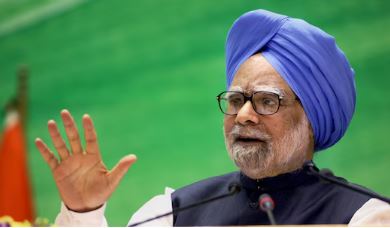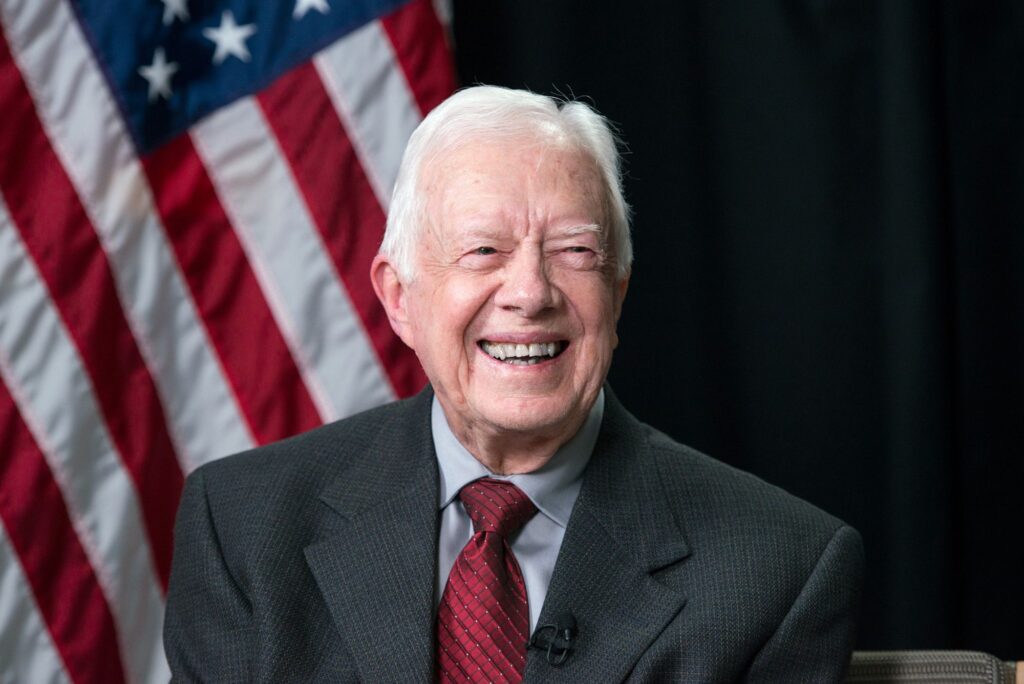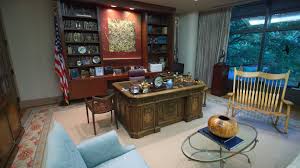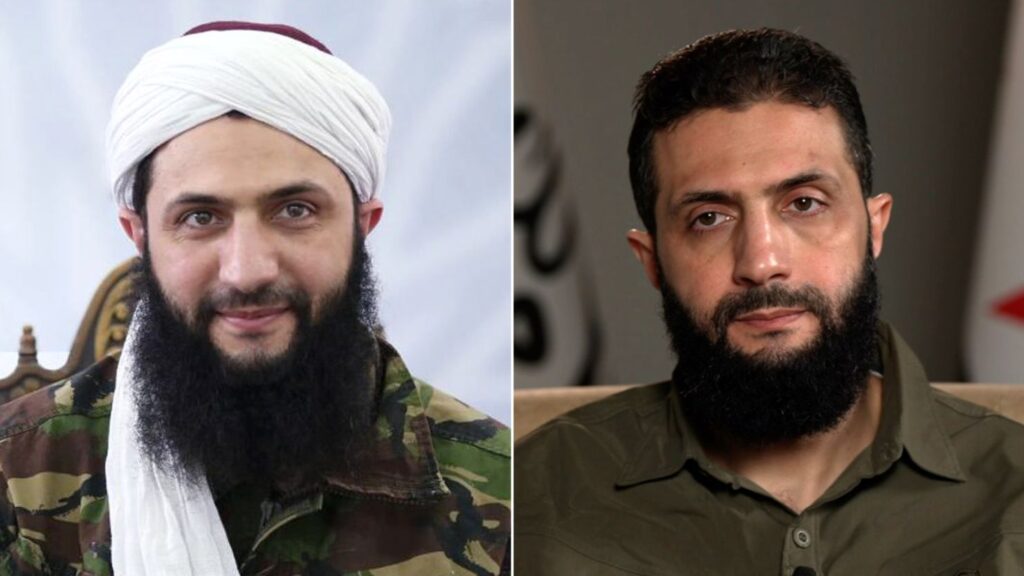
Often great trees in the forest fall together, and great men leave us at roughly the same time. In the same week that the US lost Jimmy Carter, India lost its great leader, Manmohan Singh, one of the longest serving Prime Ministers of India. Elsewhere I have written about once meeting Jimmy Carter. But by luck I also had the chance to chat for a time with Manmohan Singh.
I had the honor of being seated next to him at a dinner. It was during a function held in Delhi by the Bhai Vir Singh Sahitya Sadan, an educational institution for Sikh and Punjab studies. Manmohan Singh was serving as President of the organization, one of the several assignments he accepted after his retirement as Prime Minister of India. A good friend of mine, Mohinder Singh, was director of the institute, and persuaded me to speak at a conference he organized in which Manmohan Singh was presiding.
It was after my talk that we gathered together for dinner in the garden of the institute’s grounds. It was one of those lovely Indian evenings when the heat of the day had dissipated in the pleasant breezes of an early evening.
I had many questions I wanted to ask the famous economist and former Prime Minister. After all, he was the architect behind India’s economic liberalization, which has led to the remarkable development the country has experienced in recent years. But like my conversation with former President Jimmy Carter, he first wanted to know about me. Why was I interested in the Punjab?
I told him that I had taught in the economics department at Panjab University in Chandigarh after completing my first set of graduate studies in religion and international affairs in New York. I lived in India for a total of three years or so, and fell in love with the Punjab.
His ears perked up. Manmohan Singh was not a very demonstrative kind of person, and ordinarily he wore a stoic, inquisitive expression that seemed seldom to change. In this case, however, he seemed to come to life.
“Economics, in Panjab University?” he said. What year, he wanted to know. I told him it was in the mid-1960s.
“I was there at the same time, in the same department,” he said, genuinely surprised.
“When Dr. Rangnekar was chair?” I asked.
“Certainly,” he said with what I took to be his version of enthusiasm. “S.B. Rangnekar was a great economist, and my mentor.”
“Mine as well,” I said, though I meant this in a personal sense, not an academic one. I was not an economist, after all, and was a bit out of my element in that discipline. I had come to the university on a study and service scholarship that paid very little. An arrangement had been made for me to stay initially in the bachelor faculty apartments, which gave me room and basic board, as long as I continued to maintain some relationship to the university. But what could I do?
One of the bachelor faculty members was an economist and he encouraged me to see the head of the department, Dr Rangnekar. I protested that I didn’t know anything about economics. “No matter,” my colleague said, “Rangnekar is a great fellow and if anyone can help you, he can.”
So I meekly went to see the important Dr Rangnekar, and he immediately set me at ease. He was a large, avuncular man who had a wonderful smile and a no-nonsense attitude to dealing with any problem put before him. He wanted to know what I could teach.
I told him about my innocence of economics, but I knew about international issues from graduate school and philosophy from college. “Political philosophy?” He inquired. Yes, I said, telling him I had taken a course in the history of political thought.
“Perfect,” Rangnekar said, exuding enthusiasm, “you’ll begin next week.”
“Begin what? I asked, genuinely puzzled. He explained that he had just created an honors school for undergraduates interested in enrolling in the graduate programs in economics at the University. He was chagrined at the low level of knowledge that burdened entering students in his graduate programs. He thought the problem could be solved in part by offering a year of special training in varied subjects, not just economics, to prepare students for graduate work. I would teach a course on political theory.
I indeed started teaching the next week, making up the course as the term went on. I went through the usual list of Western thinkers, beginning with Plato’s republic and then Machiavelli and Hobbes and Locke, and ending with Marx. I didn’t stop there, however, going on to cover what I thought were the most important Indian political thinkers, beginning with Kautilya’s Arthashastra, and culminating with Gandhi’s ideas about non-state socialism.
Rangnekar made my experience at Punjab University truly engaging. I discovered that it had the same effect on Manmohan Singh. He had done graduate work in economics at Panjab University shortly after India’s independence and the partition of the Punjab. At Rangnekar’s encouragement, he then went on to Cambridge for another MA. Later he would return to England for a PhD at Oxford, but in the interim, after Cambridge he returned to Panjab University, now in the new city of Chandigarh. There his old professor, Rangnekar, persuaded him to join the faculty for a couple of years. This was about the same time that I was there helping Rangnekar start an honors program for pre-graduate students.
Alas I don’t remember meeting Manmohan Singh at the time. Though if he was as taciturn and shy as he was later in life, I could easily have overlooked him. He had a depth that took some effort to discover.
At dinner, after a bit of quiet as we continued eating, I turned to him and ventured a comment. “If Rangnekar was your mentor, I can understand how you could rise to a position of great leadership unfettered by pride and bravado, with only the cheerful desire to help your fellow human beings. Rangnekar would have approved.”
Manmohan Singh paused for a moment, then looked at me and smiled. He didn’t say anything, but the smile spoke volumes.



